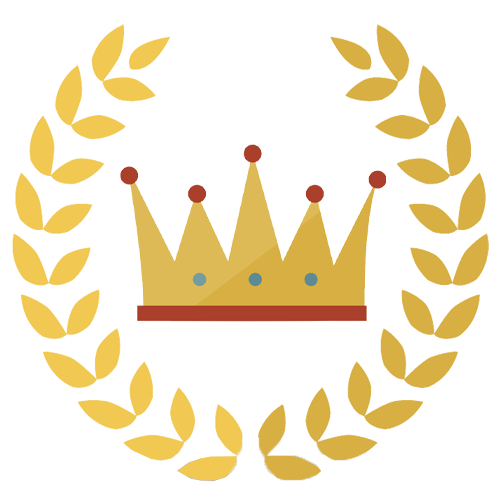Jewelry findings might be small, but they play a crucial role in the world of jewelry making. Whether you’re a seasoned jewelry maker or just starting out, having the right findings in your toolkit can make all the difference in the quality and durability of your creations. Let’s explore the must-have jewelry findings that every jewelry maker should have on hand.
Clasps
Let’s start with one of the most important jewelry findings: clasps. Clasps are the closures that keep your jewelry securely fastened, whether it’s a necklace, bracelet, or anklet. There are various types of clasps available, including lobster clasps, toggle clasps, and spring ring clasps. Each type has its own unique design and mechanism, so it’s essential to choose the right clasp for your jewelry piece based on both functionality and aesthetics. For example, lobster clasps are known for their strength and security, making them ideal for heavier pieces, while toggle clasps add a decorative touch to your designs. For top-quality jewellery findings online, head to Bluestreak Crystals.
Ear Wires
Next up, we have ear wires, which are essential for making earrings. Ear wires come in various styles, including French hooks, leverbacks, and kidney wires. The choice of ear wire can significantly impact the overall look and comfort of your earrings. For instance, French hooks are popular for their elegant and minimalist design, while leverback ear wires offer extra security, making them perfect for dangle earrings. When selecting ear wires for your designs, consider factors such as the weight of the earrings and the wearer’s preference for style and comfort.
Headpins and Eyepins
Headpins and eyepins are essential findings for creating beaded jewelry, especially earrings and pendants. Headpins feature a flat or decorative head at one end, while eyepins have a loop or eye at one end. These findings are used to secure beads in place and create dangles or pendants for your jewelry designs. When choosing headpins and eyepins, consider factors such as length, gauge, and material. Thicker gauges are suitable for heavier beads, while shorter lengths work well for smaller designs.
Bead Caps
Bead caps are decorative findings that add an elegant touch to your beaded jewelry designs. These small, cup-shaped findings are placed on either end of a bead to enhance its appearance and provide a polished finish. Bead caps come in various styles, including filigree, cone, and decorative designs, allowing you to customize the look of your jewelry pieces. When selecting bead caps, choose ones that complement the size and style of your beads, creating a harmonious and cohesive design.
Crimp Beads and Tubes
Crimp beads and tubes are essential for finishing off beaded jewelry pieces and securing beading wire in place. These small metal findings are flattened or squeezed with crimping pliers to create a secure closure. Crimp beads are often used at the ends of beaded strands, while crimp tubes are ideal for multi-strand designs. When working with crimp beads and tubes, it’s crucial to use the right tools and techniques to ensure a professional and secure finish. With practice, you’ll master the art of crimping and be able to create beautifully finished jewelry pieces.
Considerations to Make With Jewelry Findings
Are you currently shopping around for jewelry findings? If you’re new to design or it’s been a while since you stocked up jewelry findings, you might not know where to begin. How can you ensure they’re the best option for your designs? Well, you need to spend some time researching. Once you’ve found a quality supplier, you’ll want to investigate some elements before you purchase them. Let’s take a look at some of the considerations you’ll need to make to buy the best jewelry findings.
The Material
First, you should consider the type of material for jewelry findings. Of course, you want this material to match the rest of your design. But, you also have to think about durability and longevity. For instance, Sterling silver is known for its strength, while some golds that have a higher karat number can be easier to scratch and damage. Think about who the buyers are going to be for your jewelry, including what their budget is and how they might handle the designs.
The Size
Size is another important element to consider with jewelry findings. You want them to blend in seamlessly with the design. Indeed, consider the size of the chain and other elements you’ll have with the jewelry piece. You also have to think about the customers and what they’re going to feel comfortable handling. For example, some smaller jewelry findings can look good but aren’t practical enough. They can be too finicky for customers to handle.
The Type
Of course, there are different types of jewelry findings. It’s important to understand what one is going to be easiest for your target audience to handle. For instance, some people really like lobster claw clasp, while others prefer a magnetic clasp. Weigh up the options and put your customers first.
Conclusion
There you have it—the top 10 must-have jewelry findings for every jewelry maker’s toolkit. From clasps and ear wires to jump rings and chain, these essential findings will help you create beautiful and durable jewelry pieces with ease. Whether you’re a beginner or an experienced jewelry maker, having these findings on hand will ensure that you’re well-equipped to bring your creative visions to life.








Comments